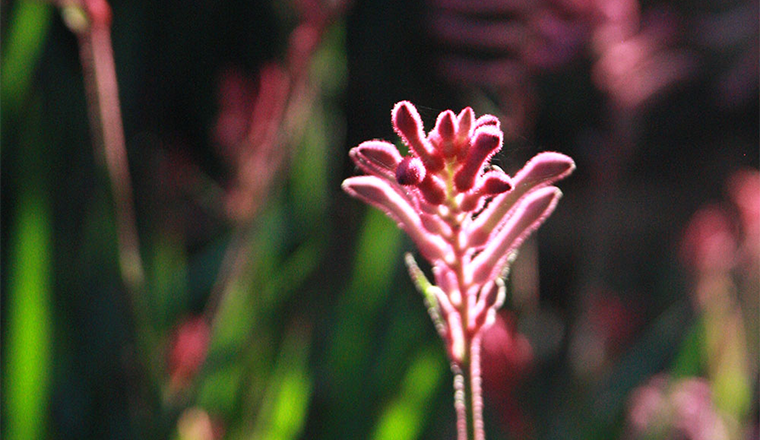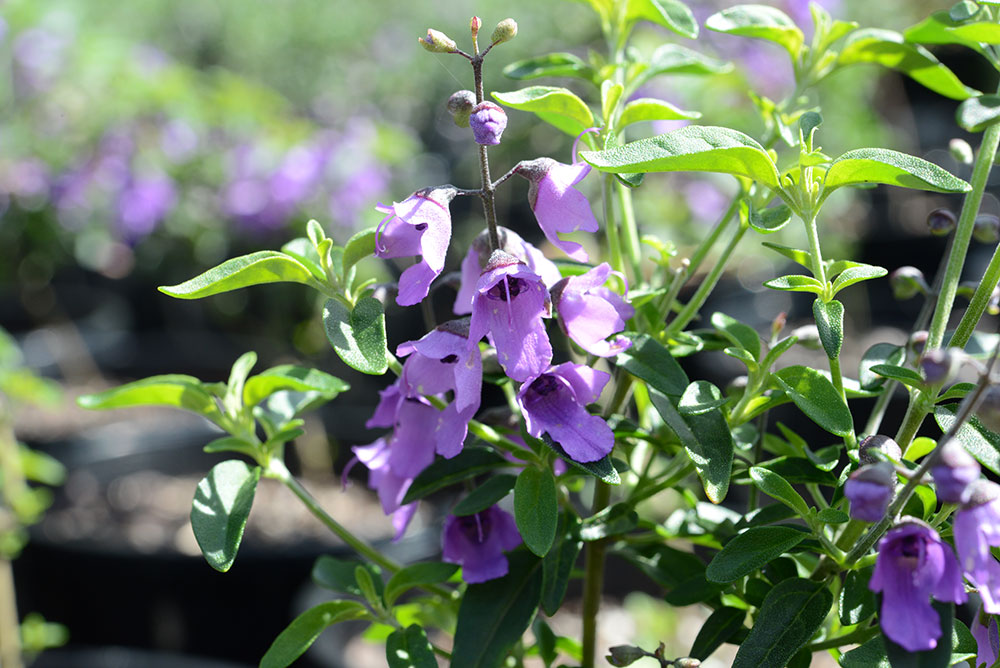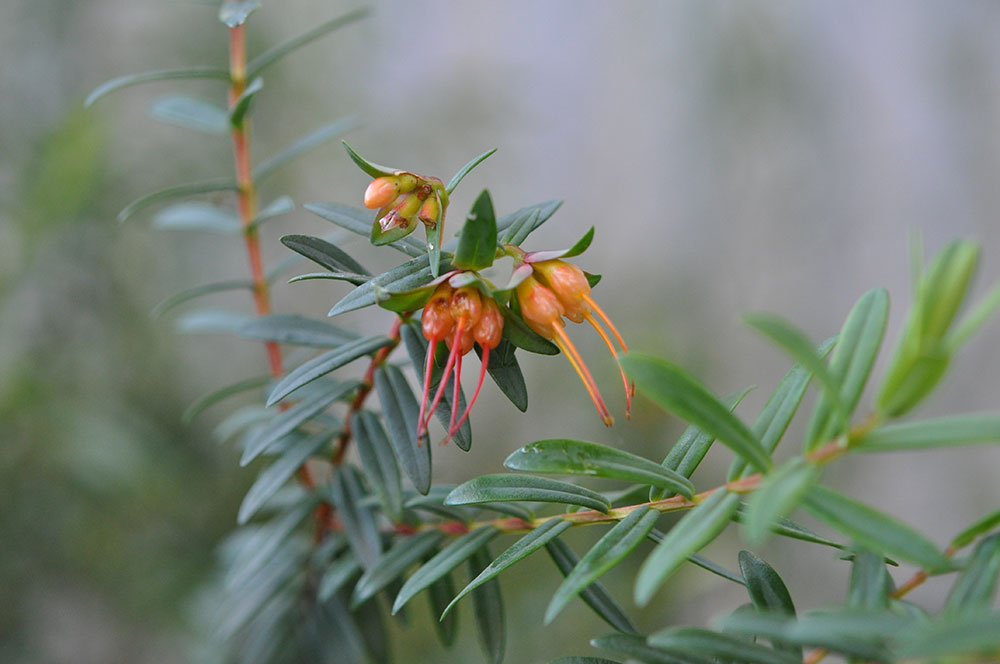
Kangaroo Paw Small Cultivars
Clumping strap leaved perennials with flowering stems usually less than 60 cm high.
Plants suited to our climate need less water, are low maintenance and will look great in your garden.
Use our directory to find waterwise plants that will grow best where you live.
Think about grouping plants with similar watering needs so you can create a beautiful garden and water more efficiently.
Note. If you are located in the Kimberley, Pilbara, Gascoyne, Northern Goldfields or Interior, then waterwise is used to indicate that once the plant is established in improved soil it will only need at most, watering every four days during summer and less during cooler months. For the remainder of WA, including Perth and the South West, waterwise is used to indicate that once the plant is established in improved soil it will only need watering once a week during summer or on your rostered watering days and less frequently, if at all, during cooler months.
During establishment or planting phase, some plants may need a bit more care and attention than others, which is why we have provided a handy 'Water rating' of either minimum maintenance, little maintenance or medium maintenance. For example, succulents will need minimal watering during establishment phase compared to a kangaroo paw.
Did you know that sprinklers and irrigation gulp down around 28% of household water use? Prevent overwatering by setting the right watering run times for the type of sprinklers in your garden.
The Department of Fire and Emergency Services (DFES) has developed Firewise resources to equip property owners with valuable information to help boost bushfire preparedness efforts. See the Firewise Gardening in Western Australia guide or visit the DFES YouTube Channel to watch the mini-series.
This waterwise plants directory for Western Australia does not have a role in determining the weed status of plants. This is managed by the Department of Primary Industries and Regional Development under the Biosecurity and Agriculture Management Act (2007). Should the weed status of a plant change, this will be reflected in the next update of the directory. Weeds pose a serious environmental threat to Australia’s natural ecosystems and the species they support. Most weeds in bushlands, wetlands and waterways come from gardens or poor agricultural and transport practices. The impacts of garden escapees can be minimised by growing plants with a low risk of invasiveness and disposing of garden waste appropriately. More information about environmental weeds in WA can be accessed from the Department of Biodiversity, Conservation and Attractions website.
Waterwise plants directory for Western Australia release of liability.

Clumping strap leaved perennials with flowering stems usually less than 60 cm high.

Upright, bushy shrub to 4 m high with grey-green, aromatic leaves and showy, massed flowers in late spring.

A shrub to 1.5 metres high with a 1 metre spread which attracts birds.